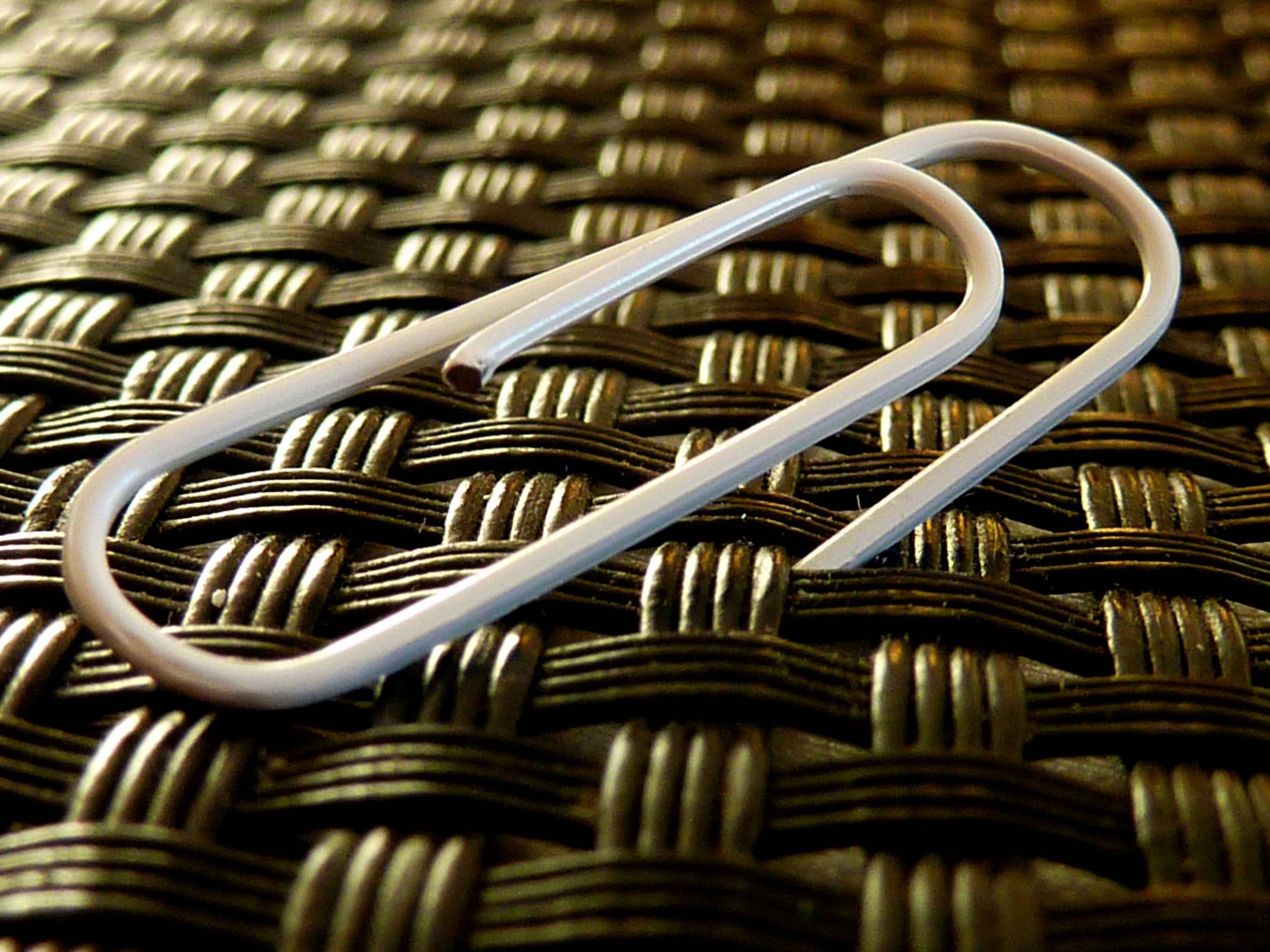

Arsenic and polonium are metalloids that are extremely toxic.Silicon is used to make chips in phones and computers, for example. In the electronics industry, metalloids are extremely valuable.Tellurium is the least abundant natural metalloid. Silicon is the most abundant metalloid in the Earth's crust and the second most abundant element overall (oxygen is the most abundant).In many forms, they do not conduct heat or electricity very well.

Metalloids are solids that appear to be metallic under normal conditions, but they are brittle and usually form alloys with metals.
Metalloids have both metal and nonmetal properties. Read More: Magnetic Properties of Transition Elements & Applications There is no use for Polonium as it is the rarest element and is highly radioactive and toxic in nature. It is also used in the making of ceramics and cast iron to prevent thermal shocks. Tellurium is used as an additive for creating alloys. It was also used as a cosmetic in ancient times by Egyptians. Antimony is used in paints and ceramic enamels. Lead alloys used in the manufacturing of bullets use Arsenic. Arsenic can be used as an insecticide and for the preservation of wood. When mixed with gallium, arsenic can be used as a semiconductor and is used in LEDs. Silicon in silicones can be used as a waterproof sealant on roofs and around water pipes.įluorescent lamps and infrared detectors contain germanium, which is used in the semiconductor industry to improve conductive properties. Silicon, as a semiconductor, is used in computer chips. Boron can be used as a semi-natural pest control agent in small amounts. It can be used as a cleaning agent and comes in the form of boric acid. Considered to be one of the most dangerous metalloids around. Boron is used in fireworks because it has the property of turning green when burned. The detailed uses of the metalloids are mentioned below: Read More: Physical Properties of Metals and Non-Metals In the form of boric acid, this element is an active trace element with antiseptic, antiviral, and antifungal properties. Boron is also used in herbicides, insecticides, and other pesticides. The remaining two elements (germanium and tellurium) are well-known for their medicinal potential. Boron, arsenic, silicon, and antimony are four elements with numerous medical applications. On the other hand, Boron, arsenic, and silicon are vital trace elements. Antimony and arsenic compounds, for example, are known to be particularly toxic. Germanium is known to form a variety of alloys, particularly with coinage metals.Įach of the six metalloid elements is known to be either toxic or have medicinal and nutritional properties. Aluminium and iron silicon alloys are widely used in the construction and automotive industries. Nickel-boron alloys are also used as ingredients in welding alloys and case hardening compositions in the engineering industry. In fact, Ferro boron (a 15 per cent boron compound) is widely used to inject boron into steel. If the value of n is greater than 2, this element can also form alloys with these MnB composition metals. Boron can combine with other metals to form intermetallic compounds. 
When it comes to the lighter metalloids, alloys formed when transition metals are combined are extremely well represented. Optoelectronics, semiconductors, pyrotechnics, and electronics are all known to use metalloids. Metalloids and metalloid compounds are widely used as alloys (or as a component of alloy production), biological agents (which can be nutritional, toxicological, and medicinal), flame-retardants, catalysts, glasses and optical storage media. Metalloids have many other physical and chemical properties that are, in essence, intermediate.Metalloids have the ability to form amphoteric or weakly acidic oxides, and they can also form metallic alloys.These elements have intermediate ionization energies and electronegativity values and act chemically as non-metals (albeit in a weak way).Metalloids have electronic band structures that are similar to those of semimetals or semiconductors.The electrical conductivity of these elements is usually intermediate to strong.Metalloids are brittle, somewhat lustrous materials that are usually solid at room temperature.







 0 kommentar(er)
0 kommentar(er)
